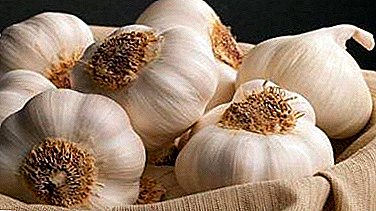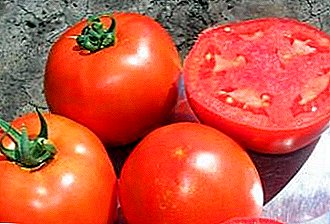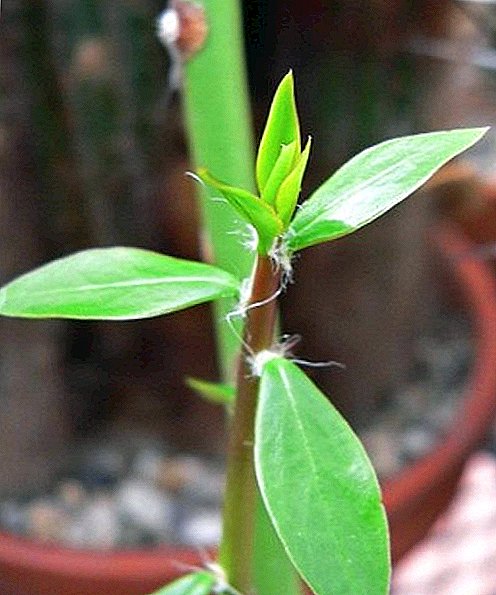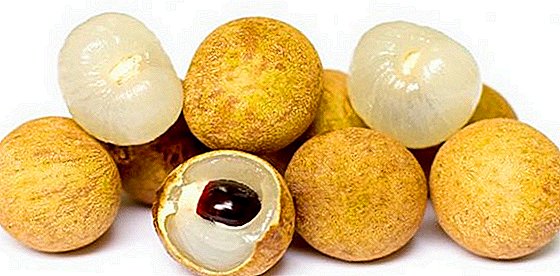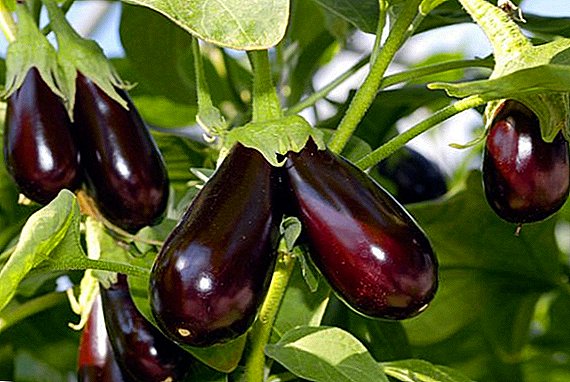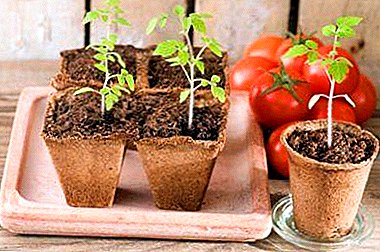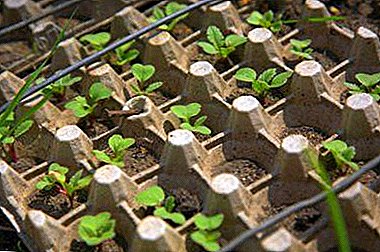
Radish is a real star of many salads and the main summer soup - okroshka, ripening before the others, it pleases us with its rich taste and perky crunch.
Among the ways to grow a vegetable so beloved by many, the cassette method, which allows planting radishes in egg trays, especially attracted summer residents.
Thanks to this unusual method of planting radish grows not only large, but also incredibly tasty and juicy.
What is this method?
Cassette mode appeared about twenty years ago, Its essence is simple - radishes are planted in containers - cassettes that can be placed on open ground, in a greenhouse, and even on a windowsill.
Planting radishes in the form of eggs: the pros and cons
Advantages of cluster landing:
- small seeds are convenient to sow;
- seedlings do not need to thin out;
- plantings do not need mulching and loosening;
- no need to remove weeds due to their complete absence;
- the fruits do not touch each other and grow beautiful, even;
- well-kept beds / greenhouses are pleasing to the eye.
The disadvantages include:
Will require a large area of land. The desire to feast on a healthy vegetable for as long as possible makes gardeners put a lot of cassettes with seats.
When to use growing cassette way?
 If radishes are not grown on an industrial scale, but “for themselves” is a way of growing in egg cassettes, then what you need! It is not so expensive and there is no need to look for material in specialized stores.
If radishes are not grown on an industrial scale, but “for themselves” is a way of growing in egg cassettes, then what you need! It is not so expensive and there is no need to look for material in specialized stores.
It is recommended to purchase shade-resistant varieties.
Among them:
- Eighteen days;
- White Fang;
- Carmen;
- Donar;
- Celeste and other early ripening varieties.
Step-by-step instruction
Seed material can be purchased:
- Moscow:
- OBI hypermarket - the average price is 19 rubles;
- Utkonos Internet hypermarket - the average price is 14 rubles.
- St. Petersburg:
OBI-Gatchinskaya hypermarket - the average price is 19 rubles.
Necessary inventory:
- egg trays;
- stationery knife;
- seed material;
- soil mixture;
- fertilizer.
Preparation of egg trays
- They need to be disinfected, lower the substrate.
- After the trays are filled, they must be carefully removed from the soil from the outside.
- Soil mixture in order to plant the seeds should be loose, light, well drained, moisture-absorbing and homogeneous. For such a substrate the ideal option is peat, ready-made seedlings.
- Before planting the prepared seeds, the soil should be thoroughly moistened.
- In a clean and disinfected cassette you need to lower the soil mixture (for disinfection, you can pour the trays with boiling water).
Important: under no circumstances should the substrate be dried. The shape of the root when drying decreases, the taste of this radish will be with bitterness.
Seed treatment
 Seeds usually sell already processed. If seeds of own cultivation are used, they are prepared manually. The only measure of preparation is calibration (separation by size). For planting choose the largest of the seeds (when placed in a weak salt solution, they sink to the bottom).
Seeds usually sell already processed. If seeds of own cultivation are used, they are prepared manually. The only measure of preparation is calibration (separation by size). For planting choose the largest of the seeds (when placed in a weak salt solution, they sink to the bottom).
Planting radish cassette house:
- Prepare a box filled with soil.
- Use a stationery knife to cut vertices from each cassette.
- We install the cassettes with the holes down, so that the soil appears in them.
- Sow seeds, one per cell.
- Sprinkle the crops with earth and carefully pour.
- We put the boxes on the balcony or window sills with an air temperature of 18-20 degrees. On the third - fourth day the first shoots will appear.
How and what to feed radish grown in a cassette? At the very beginning of planting, the roots are fed with potash and nitrogen fertilizers. When forming the fruit of a vegetable, it is fed with phosphorus fertilizers.
Planting radish cassette method in the open field and greenhouse:
- For a start, you will need the required number of ordinary egg cells. On each side of the cassette, cut the tops with a stationery knife. Once you do this, you will get through holes. It is precisely cut cells down that in the future will need to place the tapes on the ground.
- Having prepared all the tapes, place them on a sunny and bright place of the plot / greenhouse, which this crop prefers. At the same time, they need to be slightly pressed into the ground, so that the ground protrudes from the holes in the cells. This is to ensure that there is no gap between the cassette and the ground.
- The next step is to secure the cassette in the ground in order to eliminate the possibility of their being carried away by the wind. Make the usual wire clips from the usual wire, which you can simply press the cassettes in several places. Placing the cassettes in the greenhouse eliminates this risk and does not require additional fixation of the cassettes on the ground.
- It is necessary to spread one seed in each of the cells directly into the ground in the holes. Sprinkle the seeds in the cassettes with clean sand, then pour plenty of water on all the cassettes. At this stage of landing is completed.
Further care for seedlings
- Compliance with water regime. Watering is necessary daily, but the amount of fluid is regulated. Just do not allow the drying of the surface layer of soil mixture. If the top layer remains wet, watering should not be carried out.
- Requirements for light. In the winter for plants in cells it is necessary to install an additional lighting system. For these purposes, mercury lamps are used, including at least four hours in the morning and evening. The duration of the lighting must be at least 12 hours. Otherwise, there is a high probability of slowing the growth of vegetables.
- Observance of temperature. When the first shoots appear, the temperature should be maintained at 25 degrees. The first shoots are usually seen after a few days when disembarking in the cassettes. After the emergence of shoots, the temperature gradually drops to 18 degrees in the daytime and about 12 degrees at night.
Possible problems
- With a lack of light, radishes can "go to the tops."
- Cardboard egg trays will lose their integrity, plastic is much more practical.
Harvesting and storage
Ripe radish is extracted from each cell separately, so as not to damage the next. The harvest is stored in bunches.
Summer residents, who have tried this simple way of planting radish once, return to it again and again. It won't hit hard on the wallet, the beds are even and without weeds - beauty, and growing radishes all year round, placing the beds on their own windowsill is magical at all!


